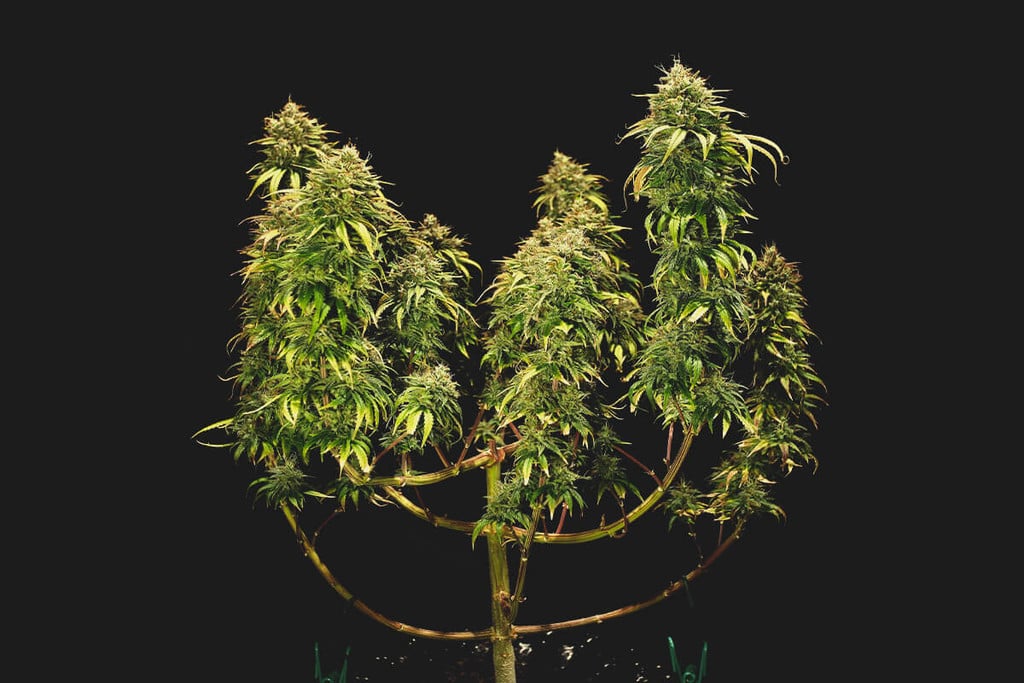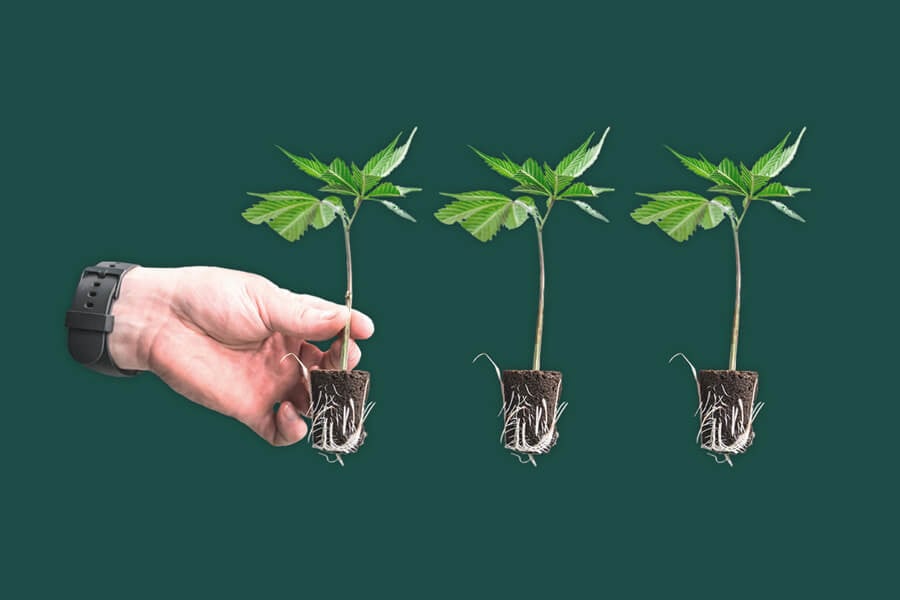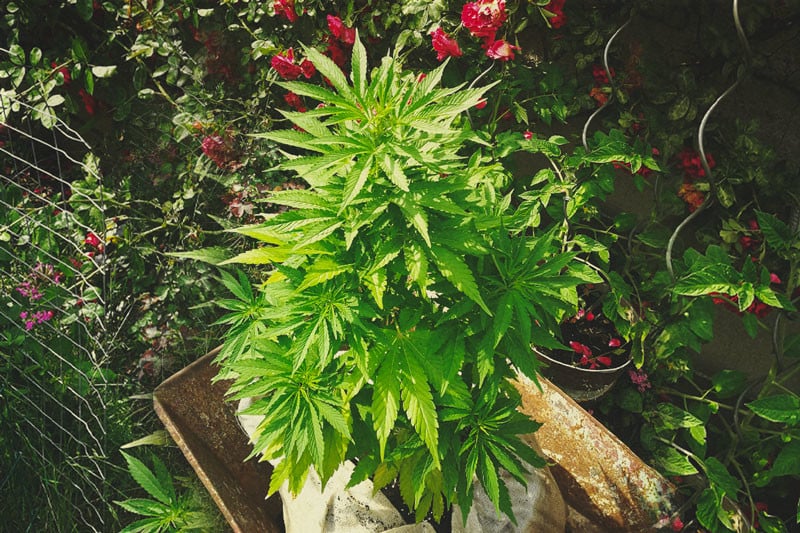.
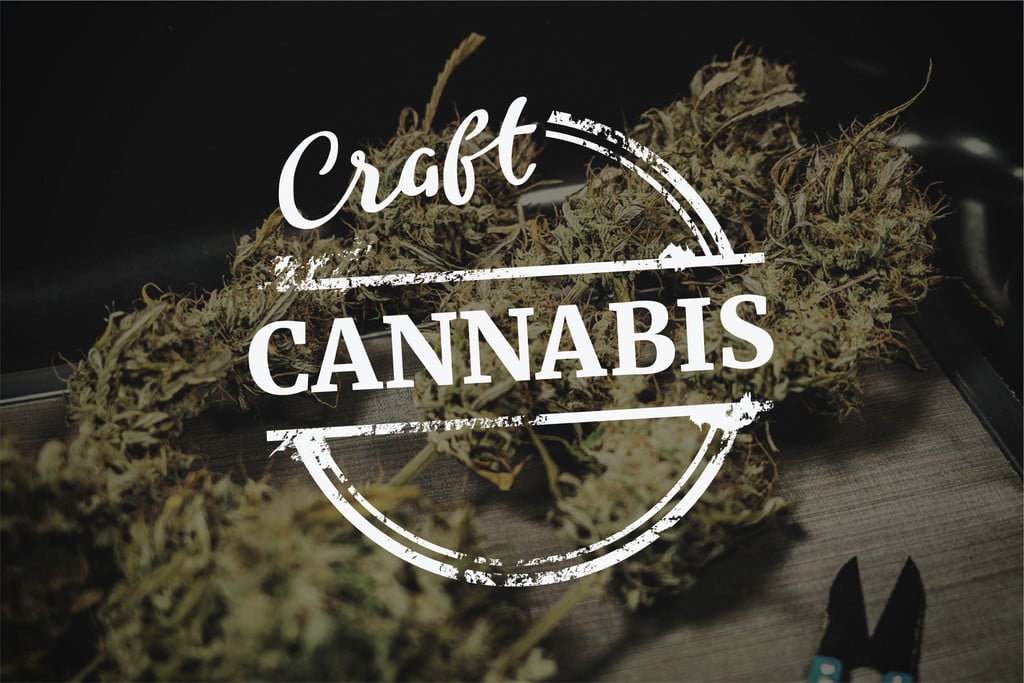
What Is Craft Cannabis?
We all know about craft beer, but what exactly is craft cannabis? This article should provide answers to any questions you may have.
Contents:
We’ve come a long way in terms of cannabis legalization and acceptance. Once classified as a dangerous drug, the plant is now accepted for therapeutic and/or recreational use in many countries around the world.
With legalization comes the concept of craft cannabis. In a nutshell, it describes products resulting from the hard work and new-school techniques of today’s top growers, breeders, and retailers.
See, today’s growers are no longer sticking to traditional methods passed down from older generations. They’ve perfected these practices to come up with their very own strains, with more enhanced attributes and a keener focus on quality.
If you’re part of the growing number of herb-lovers around the world, the concept of craft cannabis may pique your interest. This article aims to further explain what the buzz is all about. We'll even shed light on the necessary knowledge for becoming a craft cannabis grower yourself!
Craft Cannabis: What You Need To Know
So, what does craft cannabis mean, exactly? As mentioned in our intro, craft weed is the result of dedication, and involves numerous finely tuned processes from seed to harvest and beyond.
First off, craft cannabis tends to be a small-scale operation. Like craft beer, or any other craft product for that matter, production is kept small, with an emphasis on quality over quantity. Moreover, craft operations tend to prioritise reducing harm to the environment and maintaining natural and organic practices.
Many craft cannabis growers start from seed, enabling them to breed high-quality new-school varieties that harness all the good (and none of the bad) from the parent strains. The curing process is equally intricate. It involves a much slower and steadier drying process to enhance potency—a similar procedure as ageing whiskey in an oak barrel.
Though we’ll be referring primarily to craft cannabis flower, the concept of craft weed extends to concentrates, edibles, of all-manner of cannabis smokeables and consumables. After all, why should the quality practices stop with the flower itself? Extraction and edibles production can benefit just as much from a “craft” perspective.
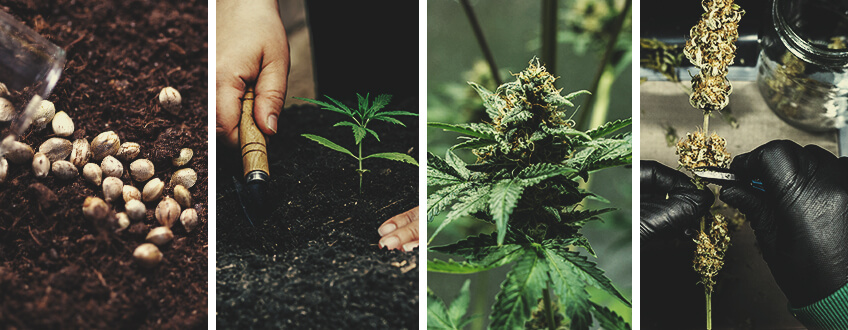
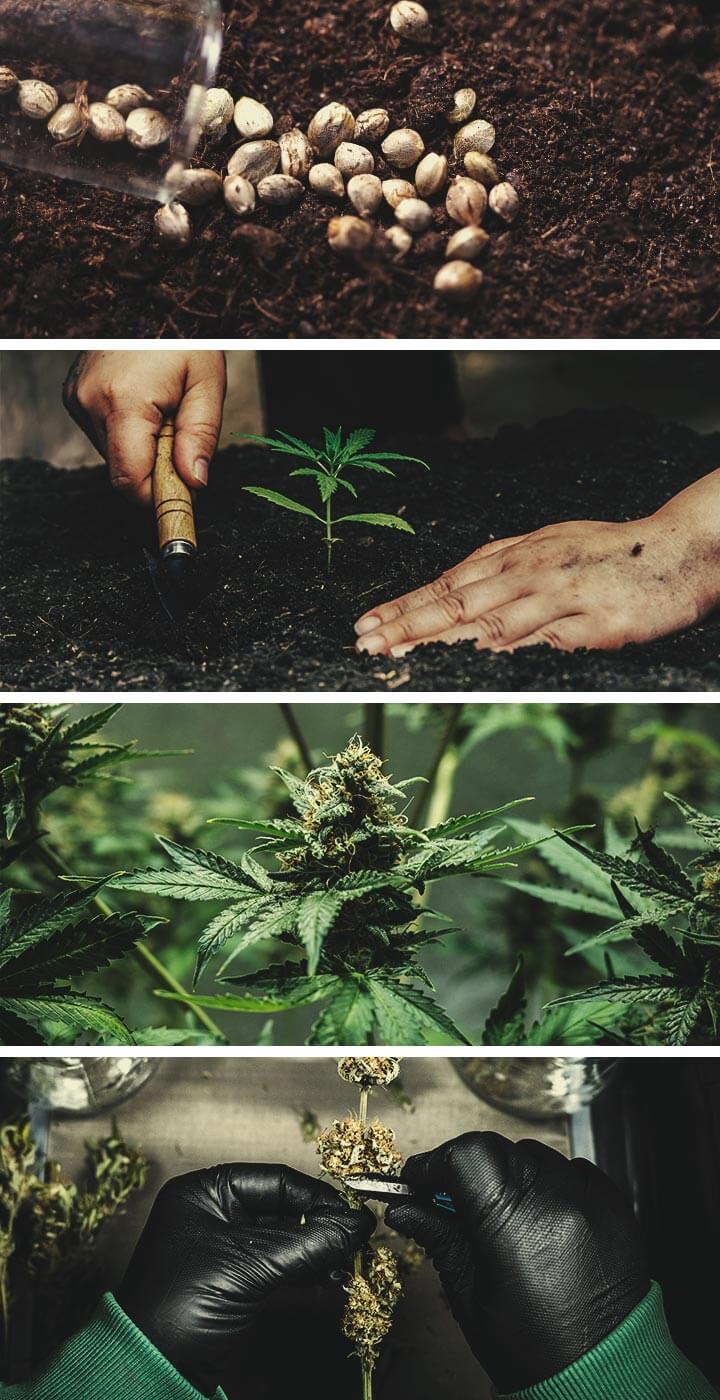
-
A Brief History of Craft Cannabis
Craft cannabis may be a relatively new concept to most, but it’s actually a practice that goes back generations. Although it derives from multiple influences, craft cannabis can be traced back to the Valencian town of Guadalest in Spain.
Back then, farming families used eco-friendly methods to grow their plants. Pest control, for example, harnessed ladybugs and no pesticides, and the water used to enrich the soil came from nearby waterfalls.
For their drip irrigation systems, these old-school farmers used recycled bottles. And, as protection from wild animals or trespassers, they ingeniously surrounded their crops with bells on a string. These bells would then sound off should an intruder attempt to break in.
Such methods were treated as trade secrets of sorts, passed down from one generation to the next. Over time, this knowledge transcended Guadalest and made its way to further mountainous regions, such as Castell de Castells.
Eventually, a group of Carpathian hippies that immigrated to the Iberian peninsula learned these methods and adopted them into their own processes.
But, it was the Guadalest cultivators who came up with an upgrade to the already popular Critical strain. These growers are believed to have produced the best phenotype, and thus one of the first “craft” cannabis variants was born.
Today, the legacy of craft cannabis is perhaps most evident in California. Indeed, California craft cannabis is believed to be a cut above the rest, as growers there have the space and resources to legally grow top-quality cannabis under specific parameters.


What Are the Pros and Cons of Craft Cannabis?
Even with the seemingly extravagant or complex processes involved in craft cannabis, it does have its drawbacks. But, before we go through the cons, let's tackle the obvious pros.
Pros of Craft Cannabis
| Quality control | Most craft cannabis growers run small operations, allowing them greater oversight when it comes to production and quality control. In turn, growers can maintain the utmost consistency in their crop to ensure a top-quality product that delivers on what it promises. |
| Preservation of trichomes | Part and parcel with the above, a smaller grow-op means craft cannabis growers trim buds by hand. This allows them to better preserve the trichomes, which are the resinous “hairs” containing terpenes and cannabinoids on cannabis buds. |
| More sustainable practices | Craft cannabis growers don’t require large quantities of water and electricity to thrive. This makes their processes a lot more sustainable and eco-friendly. |
| Supports small businesses | Who doesn’t love taking some money away from the rich and putting it in the pockets of smaller operations? |
| Quality control |
| Most craft cannabis growers run small operations, allowing them greater oversight when it comes to production and quality control. In turn, growers can maintain the utmost consistency in their crop to ensure a top-quality product that delivers on what it promises. |
| Preservation of trichomes |
| Part and parcel with the above, a smaller grow-op means craft cannabis growers trim buds by hand. This allows them to better preserve the trichomes, which are the resinous “hairs” containing terpenes and cannabinoids on cannabis buds. |
| More sustainable practices |
| Craft cannabis growers don’t require large quantities of water and electricity to thrive. This makes their processes a lot more sustainable and eco-friendly. |
| Supports small businesses |
| Who doesn’t love taking some money away from the rich and putting it in the pockets of smaller operations? |
Cons of Craft Cannabis
| More complicated/ expensive processes | Finding the best strain to begin the growing process is an enormous challenge in itself. As a result, it also takes a while (and quite some cash) to develop products. |
| Higher price point | Because of the intricate processes involved, craft cannabis strains naturally come at a higher price point. That makes them less affordable to many, especially those who aren’t willing to shell out a large portion for weed. |
| Lack of regulation | Since craft cannabis has yet to be regulated, many growers still run guerrilla-like operations. As a result, growers are made to pay millions just to enter the market. |
| More complicated/expensive processes |
| Finding the best strain to begin the growing process is an enormous challenge in itself. As a result, it also takes a while (and quite some cash) to develop products. |
| Higher price point |
| Because of the intricate processes involved, craft cannabis strains naturally come at a higher price point. That makes them less affordable to many, especially those who aren’t willing to shell out a large portion for weed. |
| Lack of regulation |
| Since craft cannabis has yet to be regulated, many growers still run guerrilla-like operations. As a result, growers are made to pay millions just to enter the market. |
Craft vs Commercial Cannabis
As opposed to commercial cannabis operations, which focus mainly on THC content, craft cannabis producers look to optimise the aroma and flavour (terpenes) as well as the cannabinoid levels of their product.
Not only that, but many craft cannabis operations focus on being 100% organic, and on minimising environmental impact. Few commercial operations can make such claims.
Instead, commercial operations tend to shirk quality in hopes of turning a profit. That’s not to say all commercially produced cannabis is bad, per se; but it’s unlikely to be held to an equivalent standard as craft cannabis.
How To Become a Craft Cannabis Grower
Truly, becoming a champion craft cannabis grower requires in-depth knowledge of breeding and cultivation. It’s what separates regular growers from the masters—and it’s how legendary strains come about.
Interested in becoming a craft grower yourself? If so, prepare for some serious work. Whether or not you’re willing to take the leap, here’s what it takes to grow craft cannabis.
Genetic Preservation
Finding the perfect genetics plays a huge role in craft cannabis. Part of this practice involves picking out the best traits of one strain and combining them with another.
That said, you’ll need to know how to preserve the genetics of particular strains. Here are some ways to do just that.
-
Cloning
In certain cases, some of the best variants come only in clone form. For growers, the best option is to then take cuttings to preserve the genetics.
In a nutshell, cloning is the process of taking a cutting from one plant and allowing it to grow some roots. Most practices involve taking clones from vegetating mother plants or young vegetative plants.
For aspiring craft cannabis growers and breeders, knowing how to clone (and getting good at it) will work to your advantage.
-
Selfing
Many plants have the ability to self-fertilise—cannabis being one of them. This process is known as "selfing", and is used by many home breeders.
In this case, a female marijuana clone can produce seeds on its own. But, for this to happen, the grower must encourage the process of self-pollination by inflicting sufficient stress or through other means. This causes hermaphroditism, which, in turn, causes plants to form both male and female sex characteristics, pollinating themselves as a result.
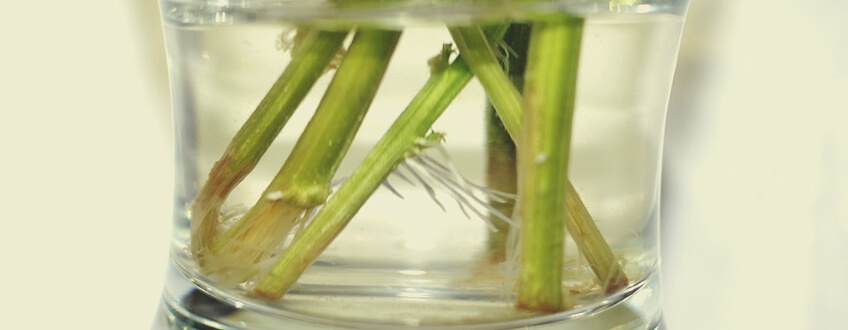
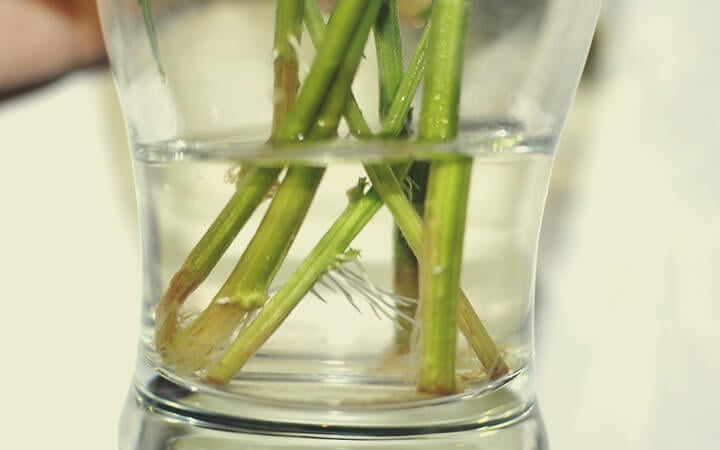
Small-Scale Breeding
Growing craft cannabis ultimately involves small-scale breeding. This can be performed in a few different ways.
-
Breeding From the Same Batch
Breeding strains from the same batch of (regular) seeds is a traditional practice that goes way back. It’s usually done outdoors, and could work indoors as well. Before you do this, it’d be wise to perform some practice runs first by collecting pollen and making seeds.
-
Breeding Polyhybrids
When you crossbreed two hybrid strains, you get a polyhybrid. It’s an efficient and effective method of combining the best and most unique traits of different plant varieties. Creating polyhybrid strains can be a long, arduous process. Be sure you have everything documented to avoid losing track of which plants you bred together.
-
Backcrossing
The creation of new cannabis strains involves crossing two parent strains with specific desirable traits, resulting in the new generation. Backcrossing is the process of taking a strain from this new generation and breeding it with one of its parent strains. What this type of inbreeding does is enhance the presence of the parent’s preferable genes in the progeny.
If you’re a craft cannabis grower, this is one way to create the ultimate strain you can be proud of.
Knowledge About Regular Cannabis Seeds
Knowledge of regular seeds is crucial, and these are the type that allow you to take viable clones later on. In a nutshell, regular cannabis seeds have a 50% chance of growing into a male or female plant.
While most growers prefer feminised seeds, regular seeds have sturdier and more resilient genetics for breeding. Cuttings are in abundance on these plants, making them very suitable for cloning.
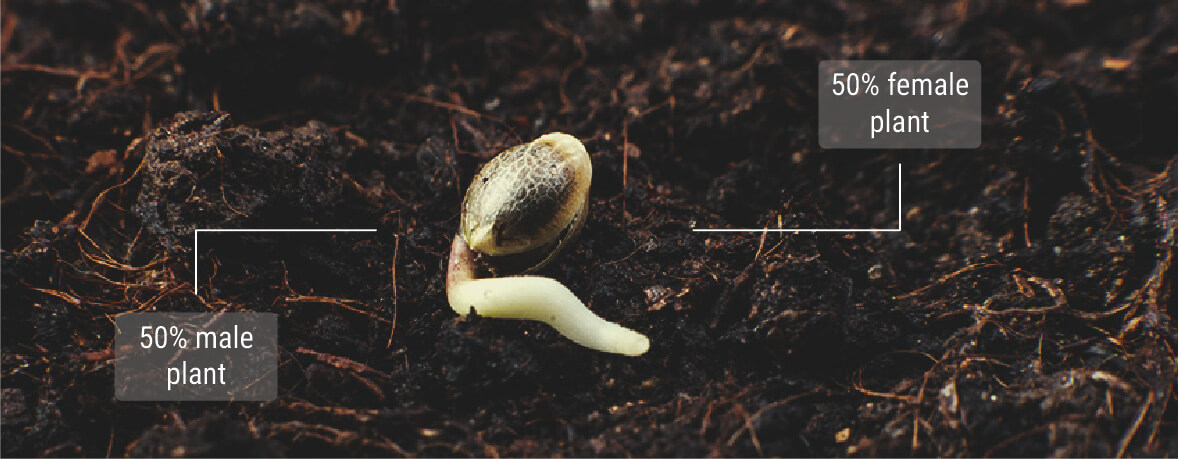
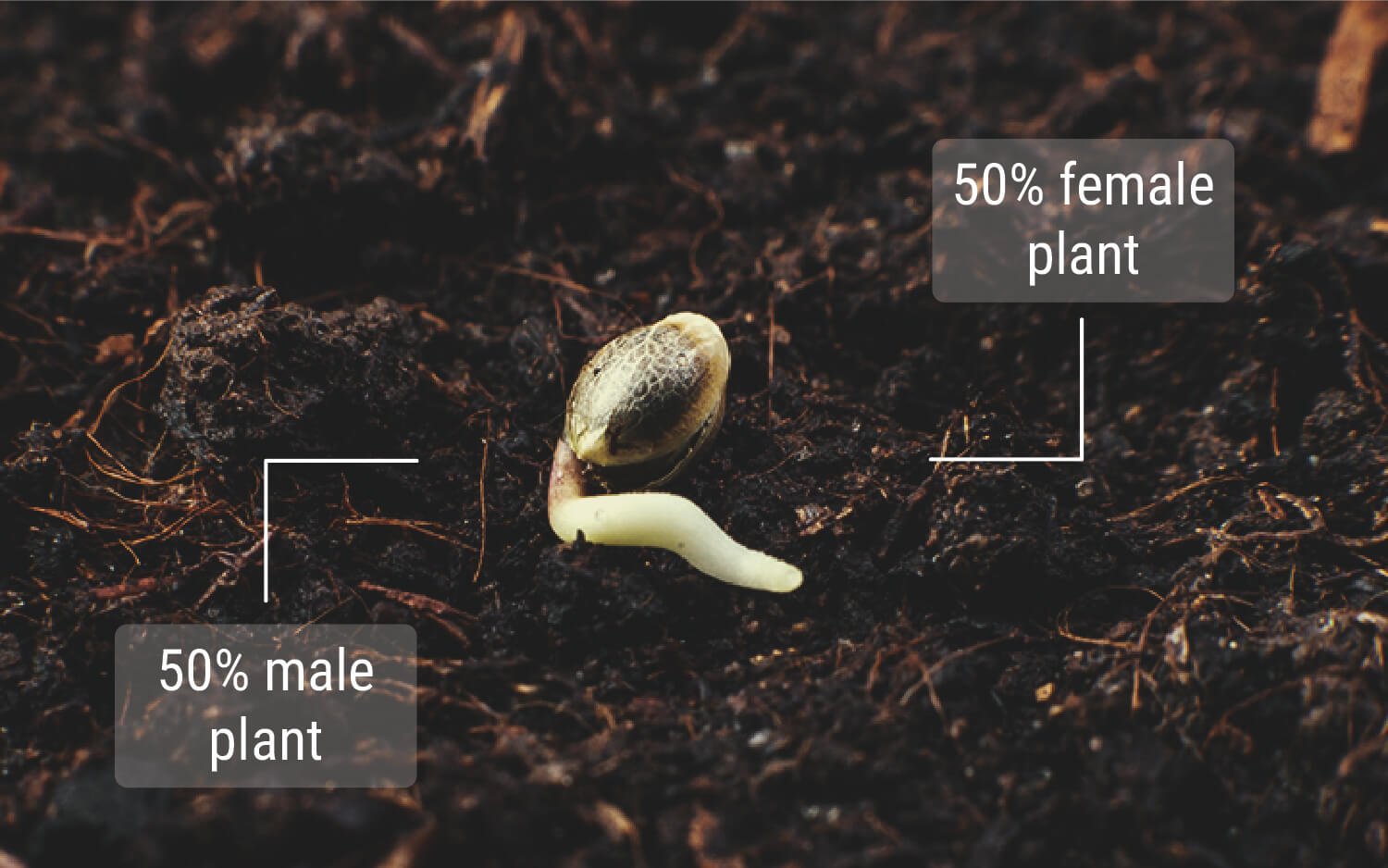
Will Craft Cannabis Be As Popular as Craft Beer?
Craft beer rose in popularity because of the demand for unique, locally produced products that were deemed to be of “higher quality”. Despite its higher price point, consumers were more than willing to pay their hard-earned money for this new experience.
Cannabis lovers share the same enthusiasm for all things “craft”. There is already a booming market for the craft cannabis connoisseur, regardless of the price label attached.
Sure, there are regulatory hurdles that need to be dealt with. But, ultimately, the takeover of craft cannabis is just a matter of time.



























